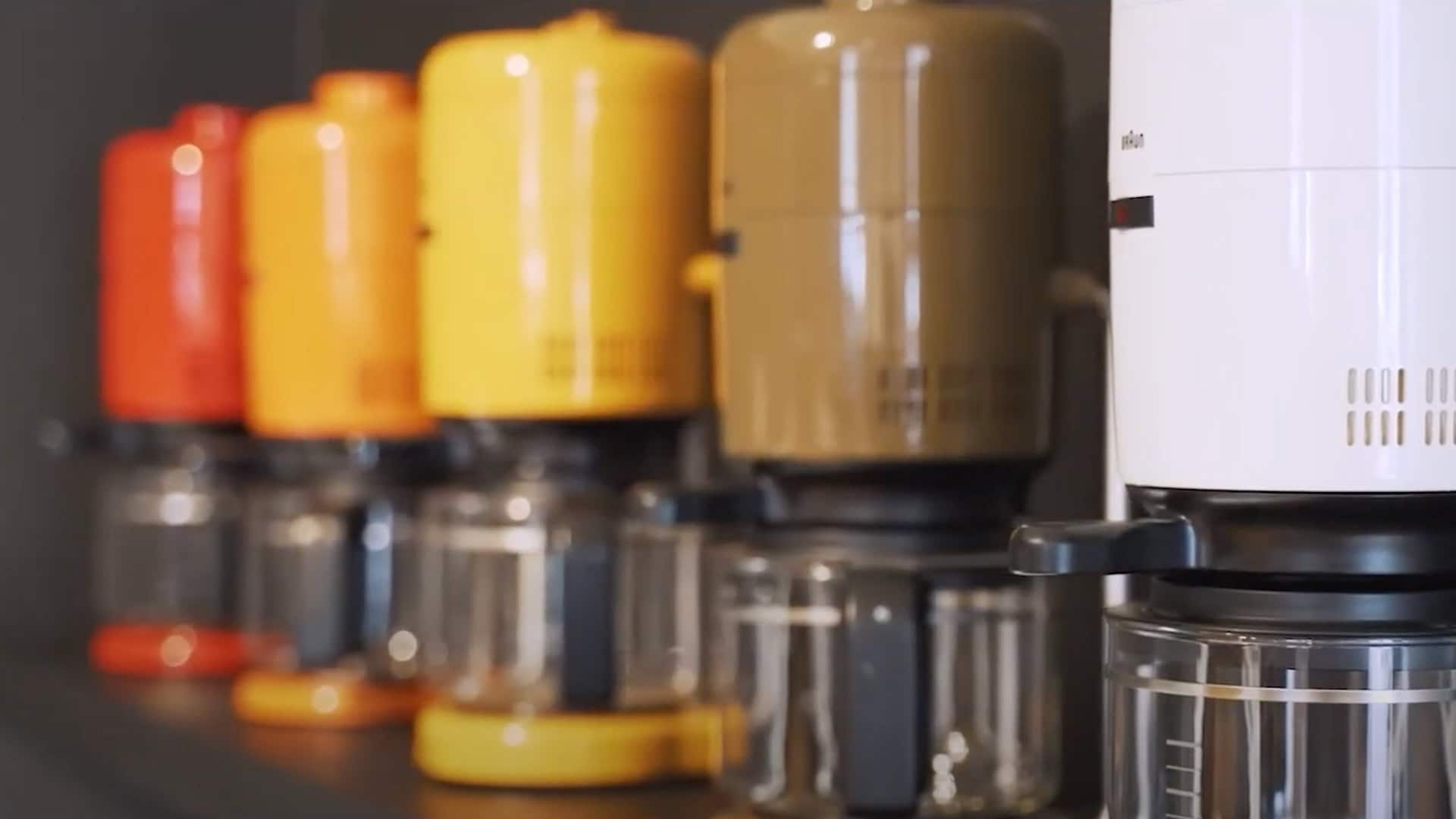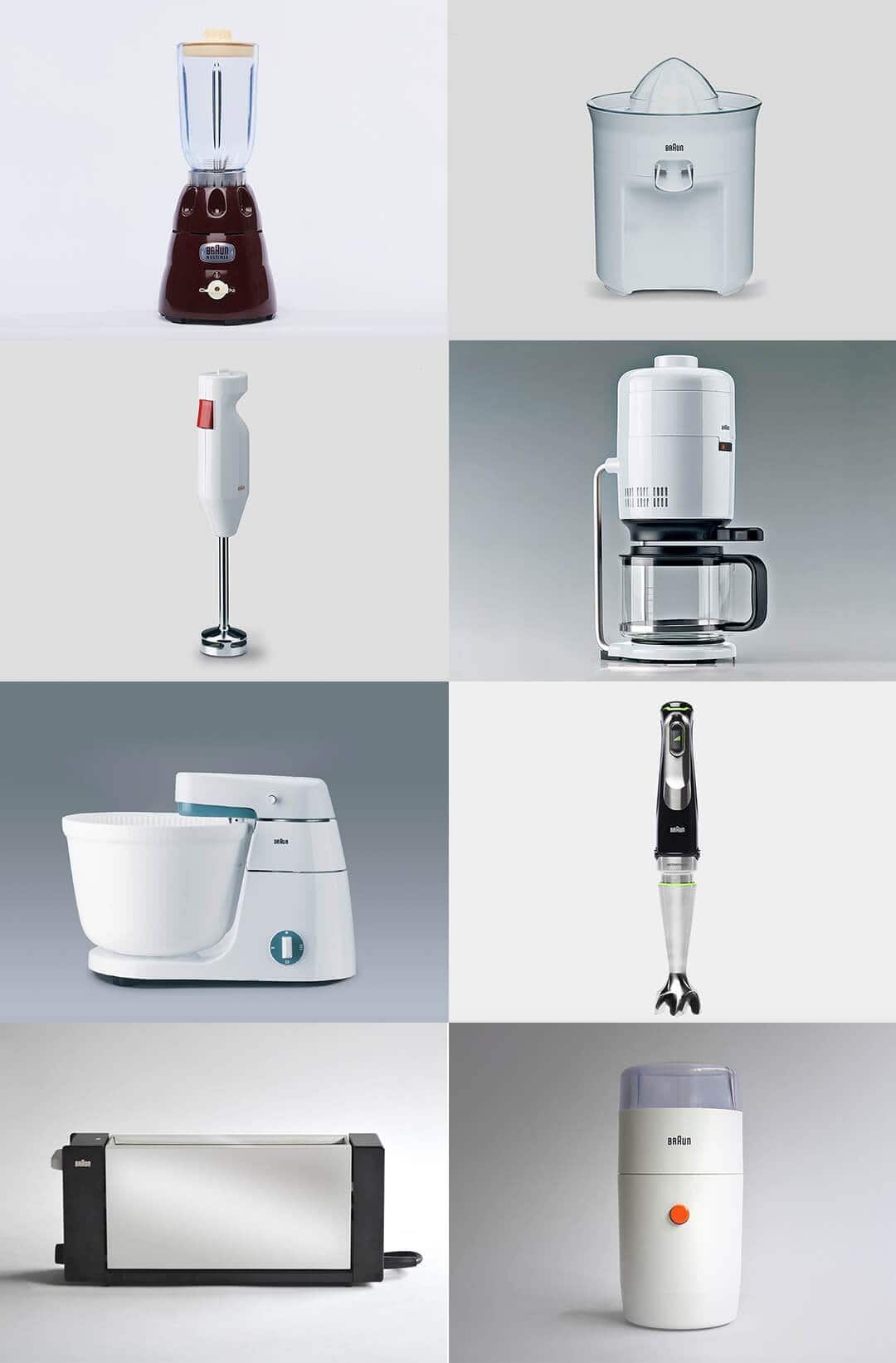
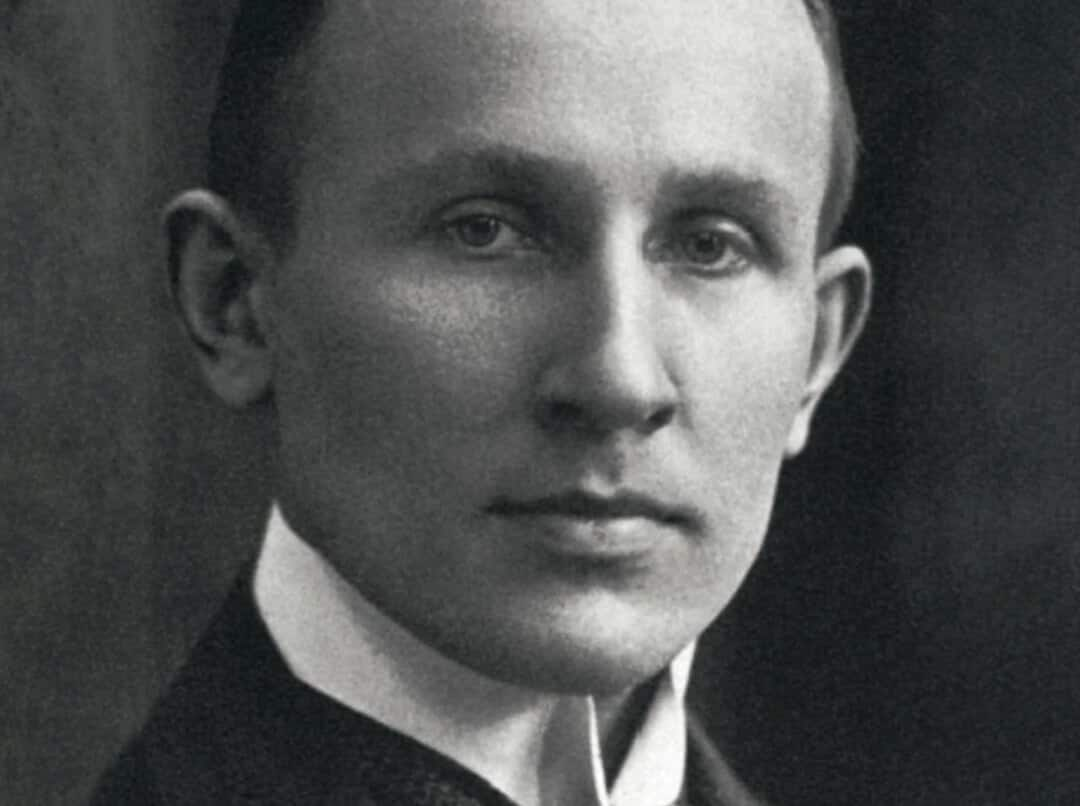
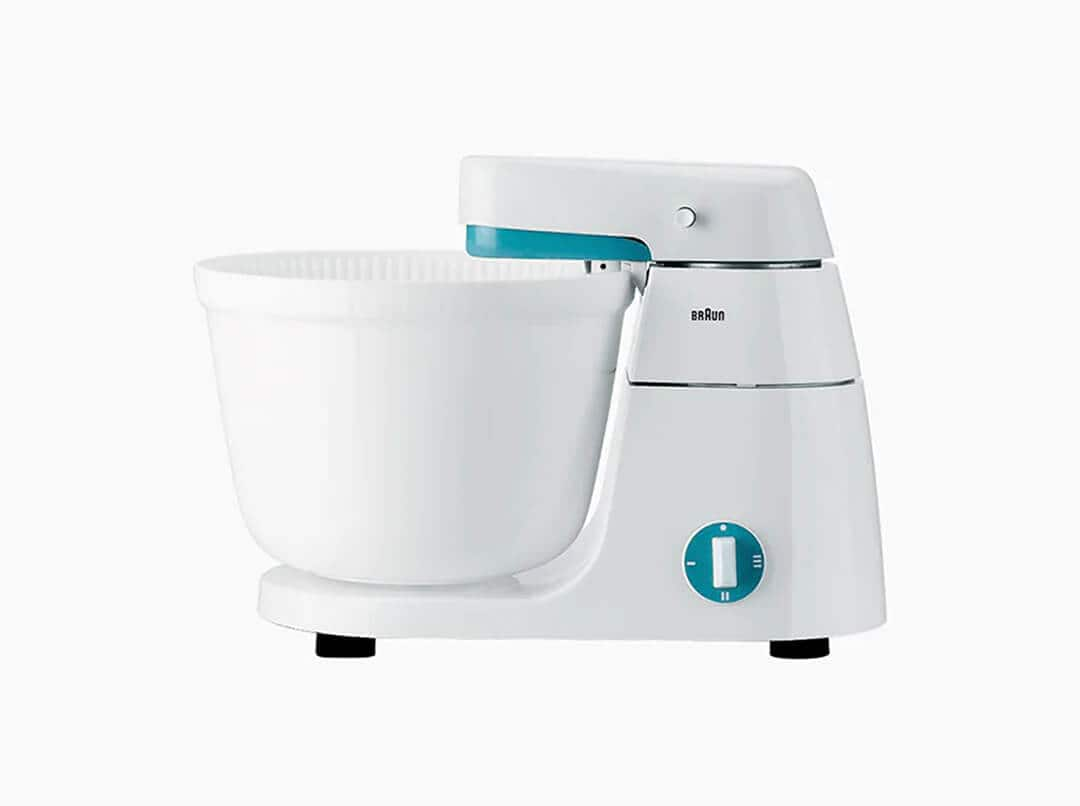
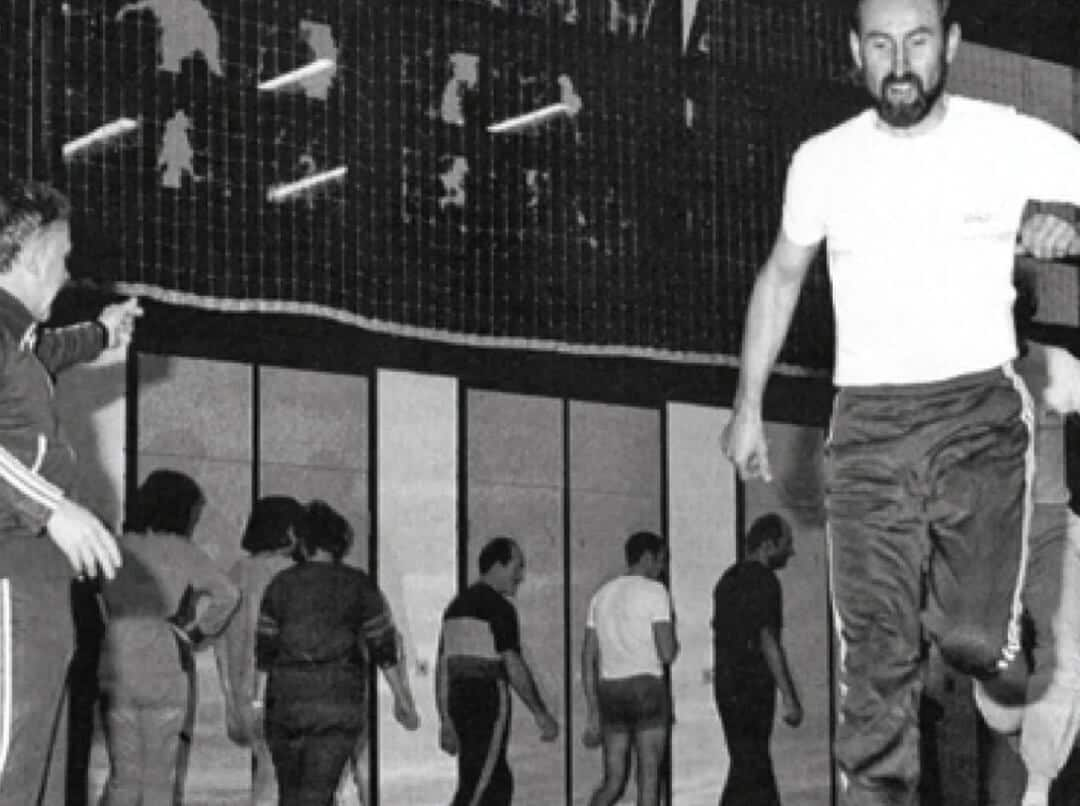

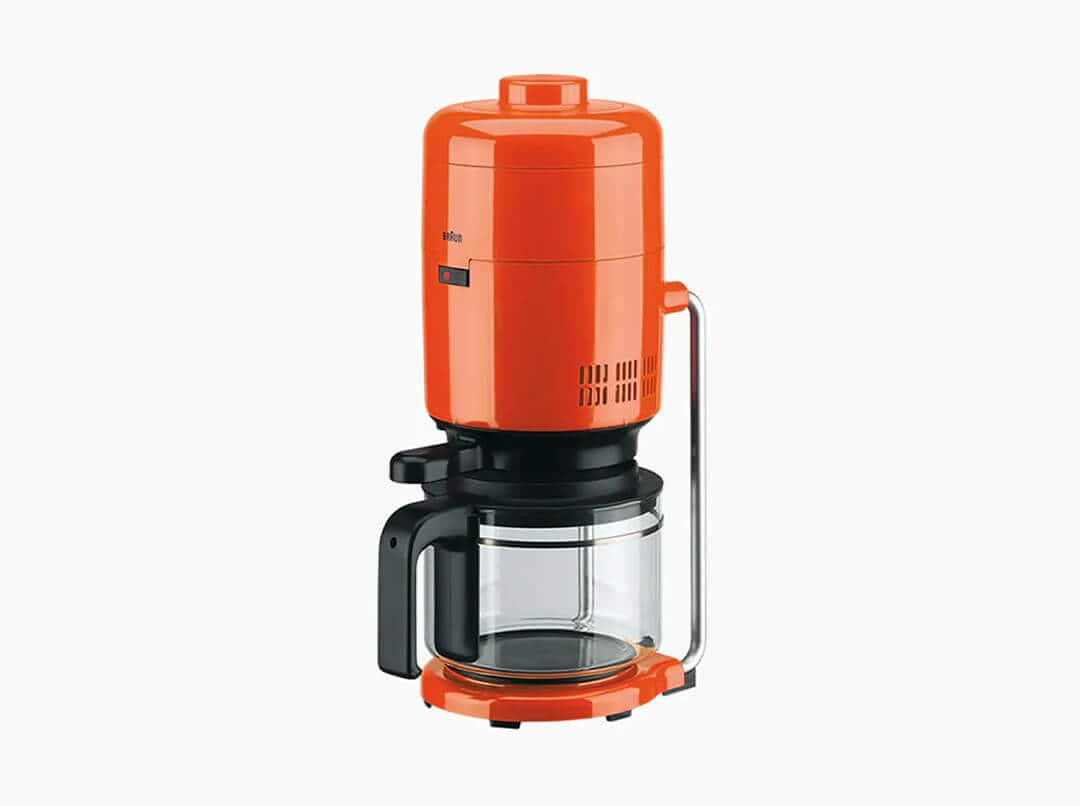

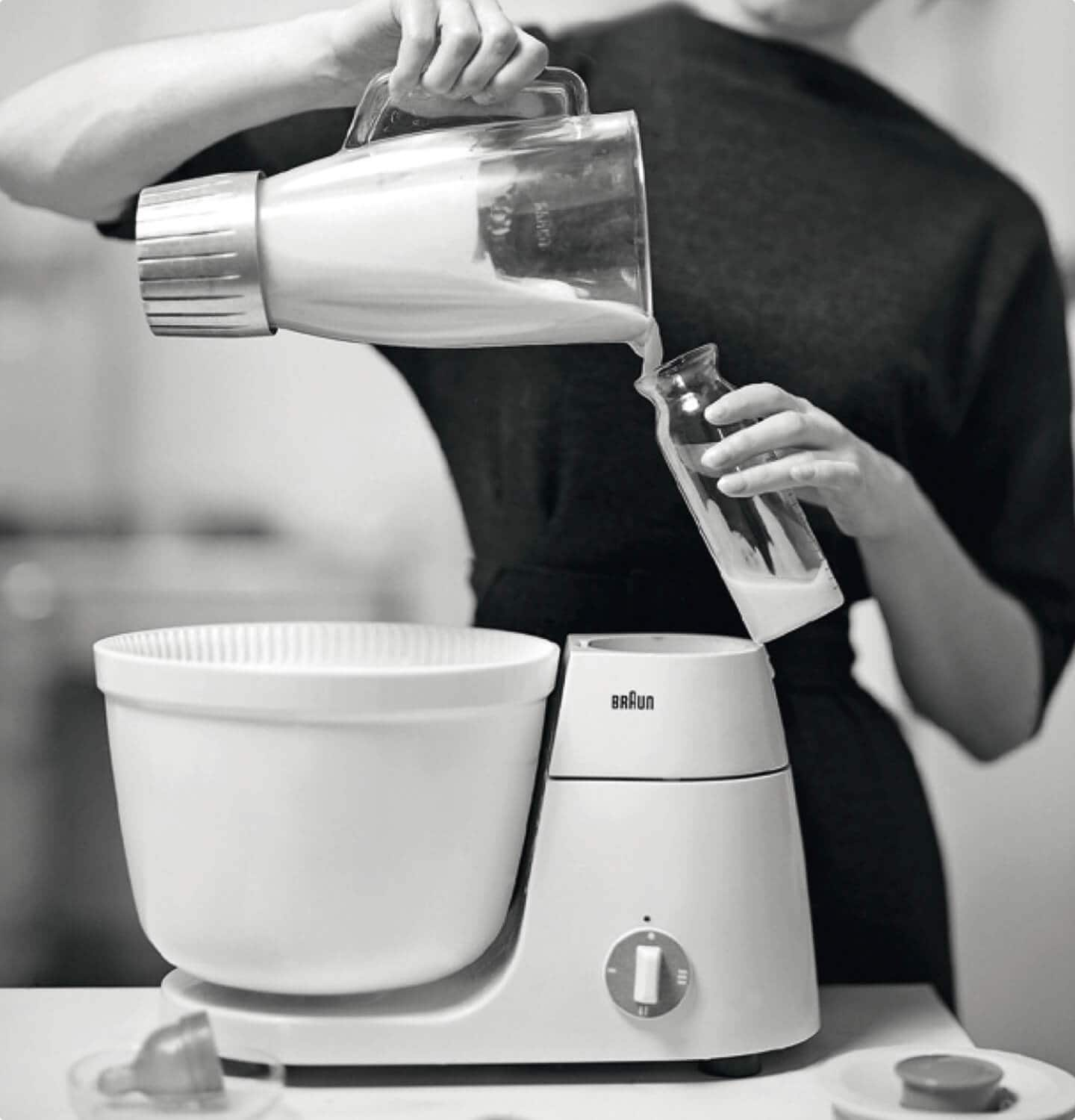
Dieter Rams 受聘为重新设计博朗办公室的建筑师, 成为领先的设计师之一;他发展了博朗令人难忘的设计语言,并定义了良好设计十大原则,这本设计手册至今仍然适用。
1、好的设计是创新的。
创新的可能性无论如何都不会耗尽。技术发展总是为创新设计提供新的机会。

2、好的设计使产品有用。
购买产品是为了使用。它必须满足一定的标准,不仅是功能上的,还是心理和审美上的。良好的设计强调产品的有用性,同时忽略任何可能减损它的东西。
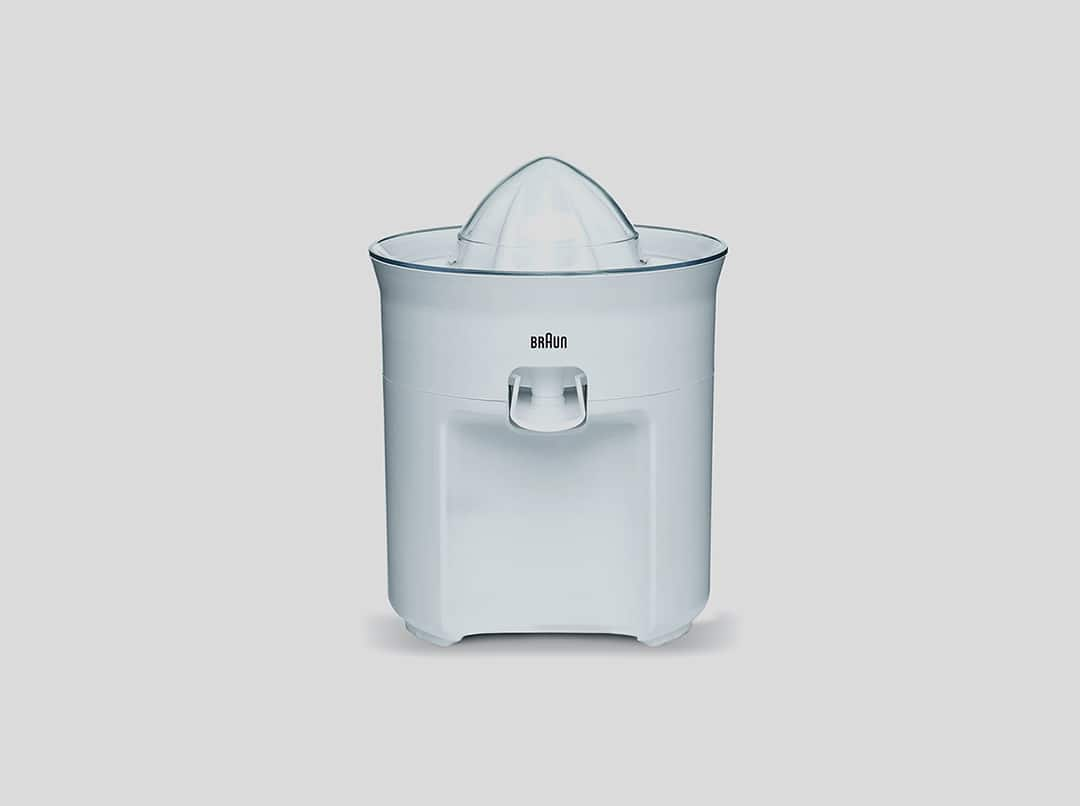
3、好的设计是美观的。
产品的美学质量是其实用性不可或缺的一部分,因为我们每天使用的产品会影响人类和人类的健康。但只有精心设计的物品才能美丽。
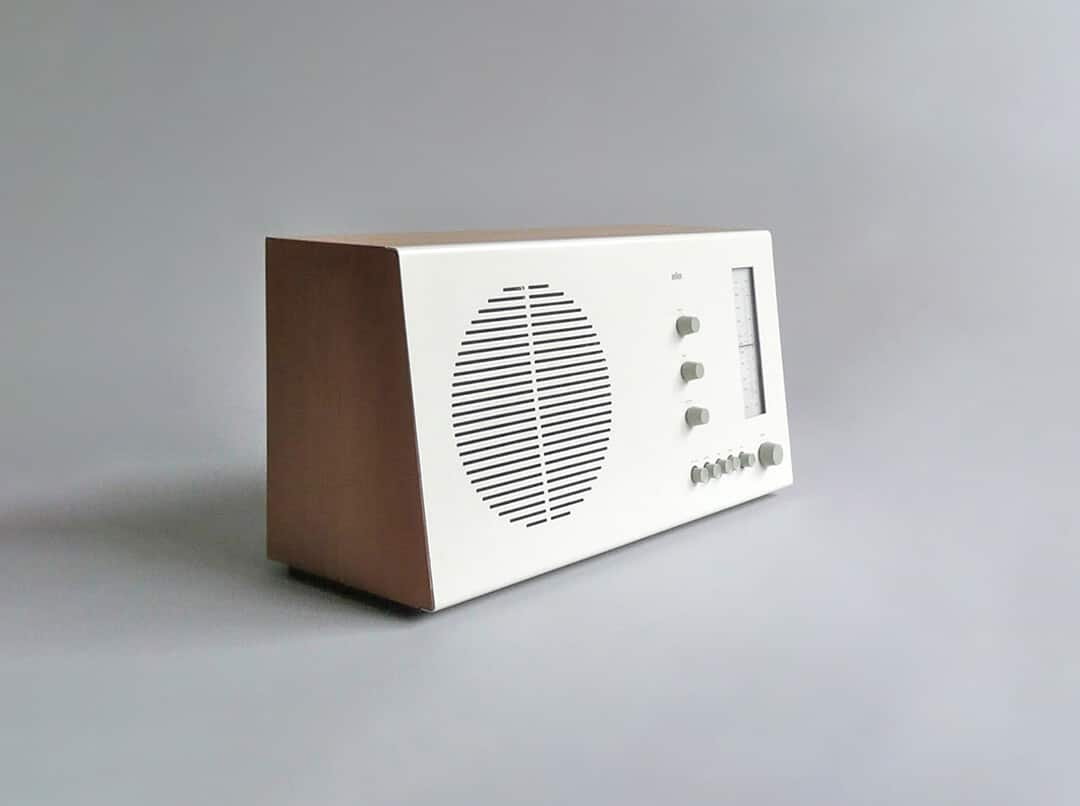
4、好的设计使产品易于理解。
它阐明了产品的结构。更好的是,它可以使产品说话。最好的是,它是不言自明的。
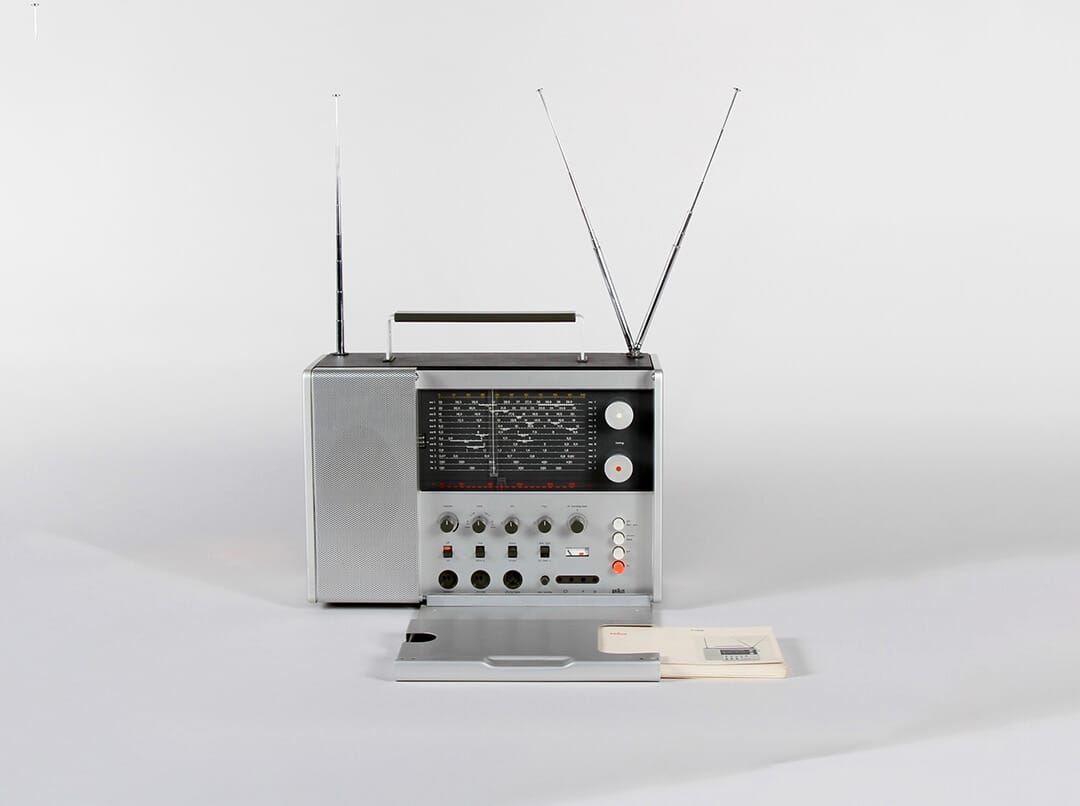
5、好的设计是不显眼的。
实现目的的产品就像工具。它们既不是装饰品,也不是艺术品。因此,它们的设计应该既中立又克制,为用户的自我表达留出空间。
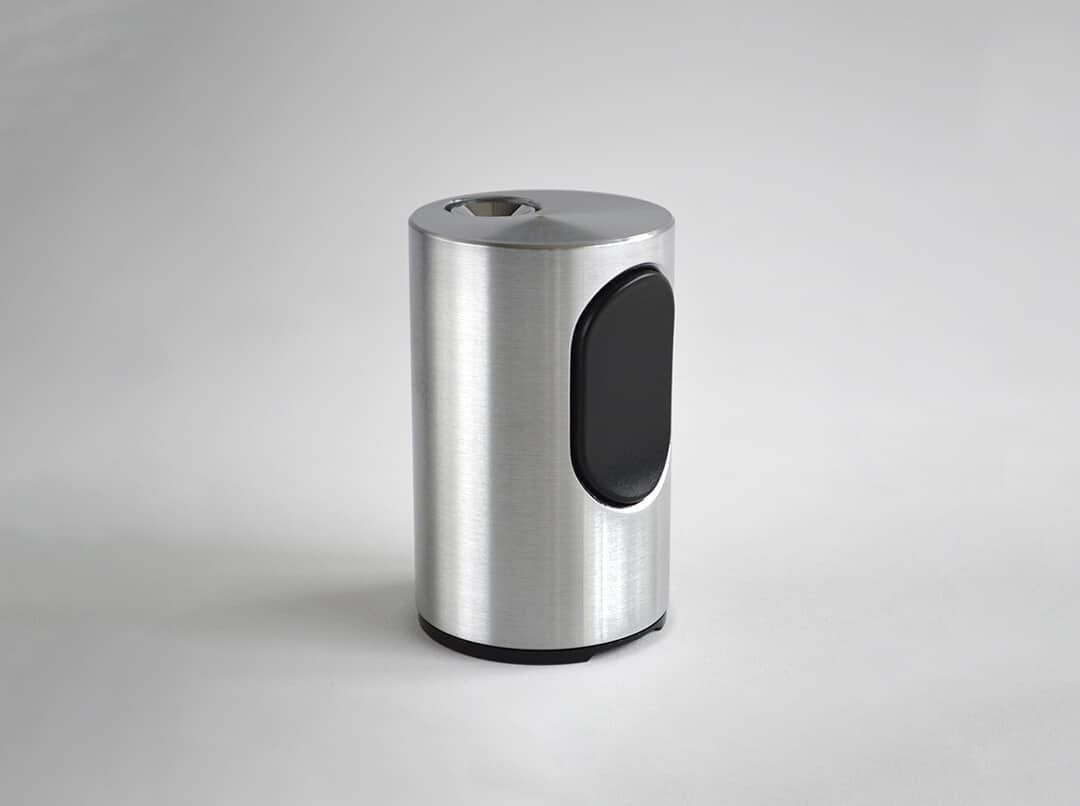
6、好的设计是诚实的。
它不会使产品比实际更具创新性、功能更强大或更有价值。它不会试图用无法兑现的承诺来操纵消费者。
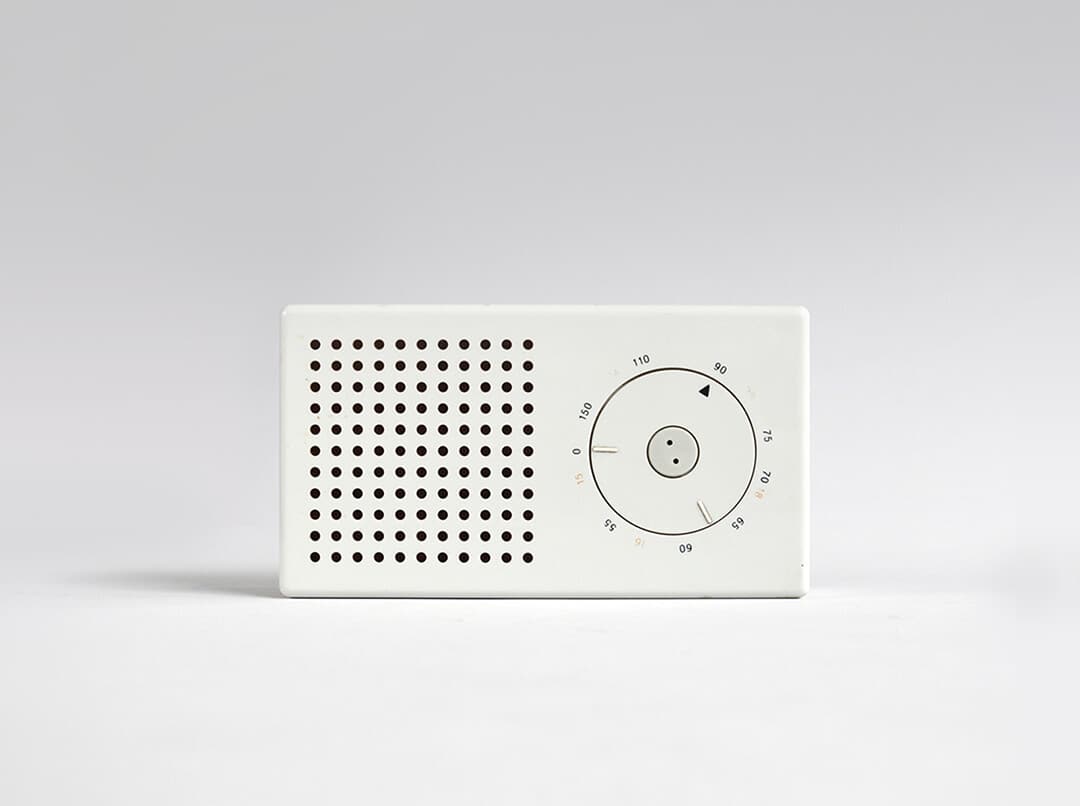
7、好的设计历久不衰。
它避开了时尚的锋芒,因此从来不会过时。与时尚设计不同,它可持续多年 - 即使在如今商品快速迭代的社会中也是如此。
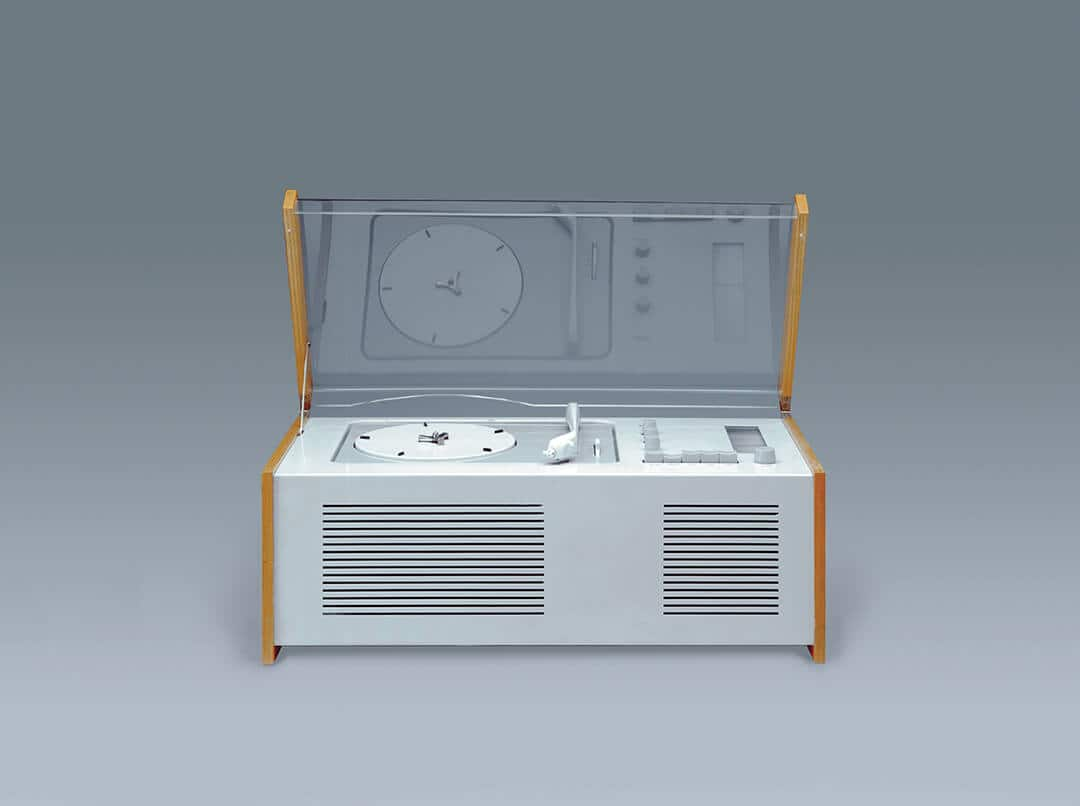
8 好的设计对每一个细节都精益求精。
没有什么是任意的,也没有什么是偶然的。设计过程中的谨慎和准确性表明了对消费者的尊重。

9、好的设计是环保的。
设计对保护环境做出重要贡献。它节省资源,并在整个产品生命周期中最大限度地减少物理和视觉污染。
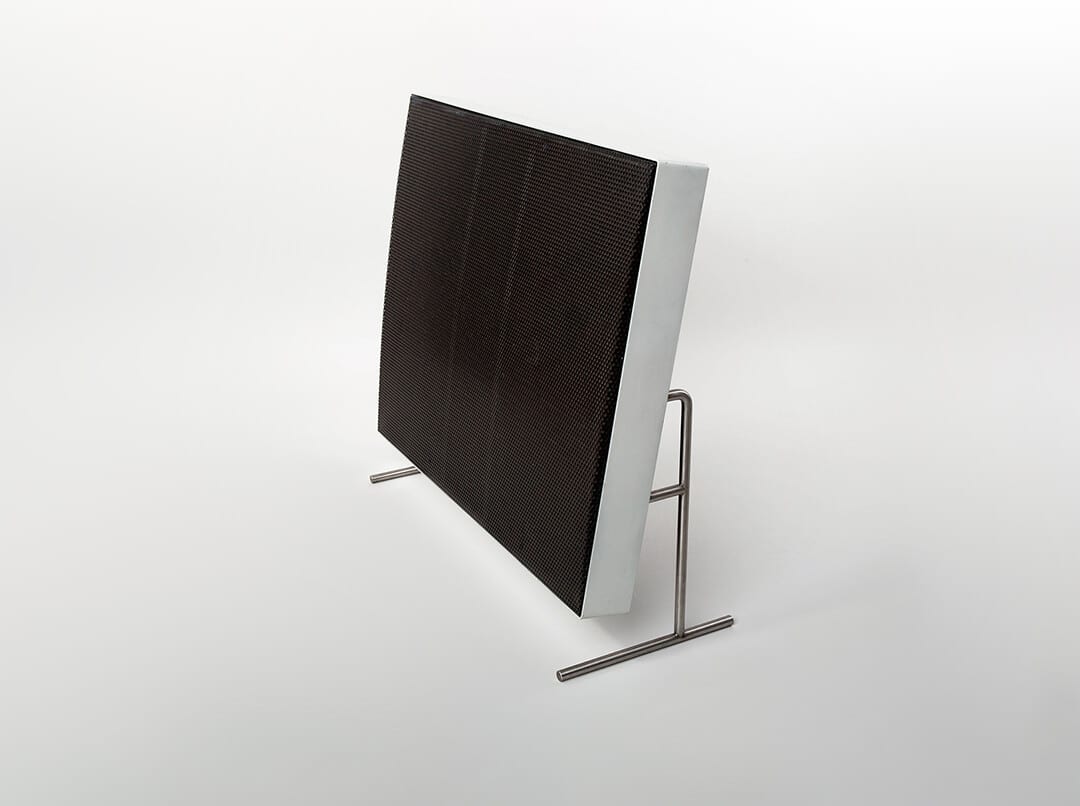
10 好的设计是尽可能少的设计。
简而精 - 因为它专注于基本方面,产品没有不必要的负担。回归纯粹,回归简约。
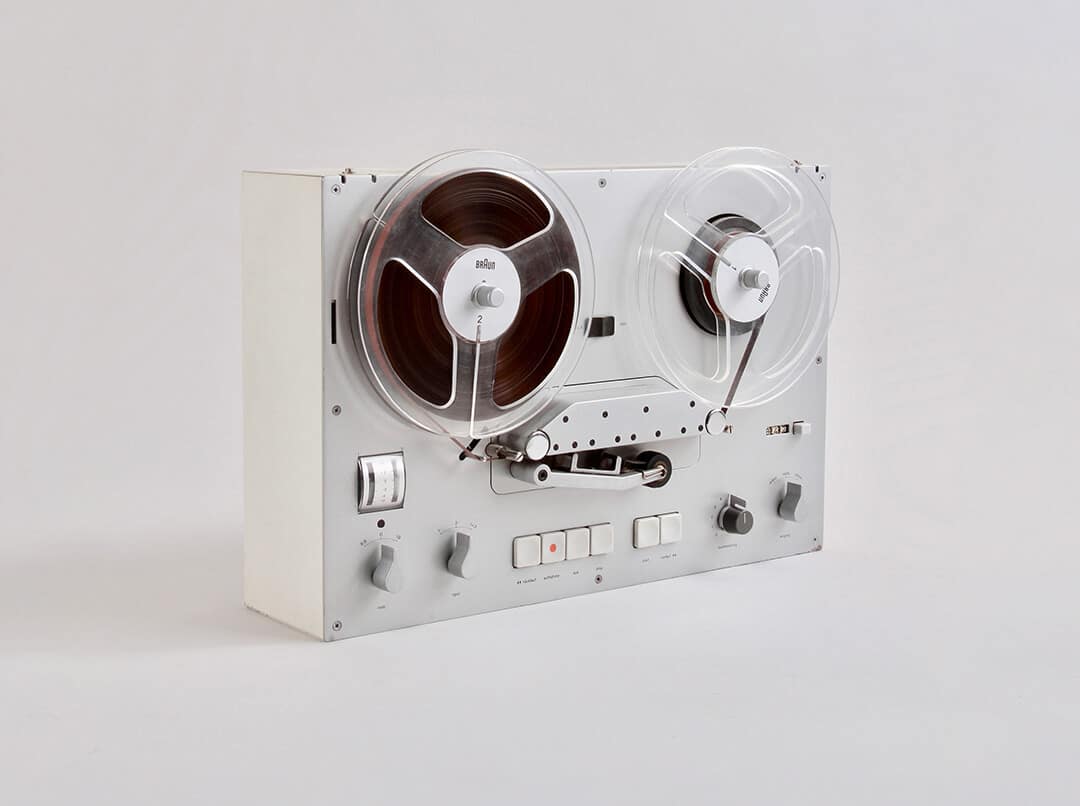
1953 | 博朗工厂
博朗 Multimix 搅拌机
五十年代确立了奶昔作为西方主食的地位,部分是由 Multimix 促成的,Multimix 是带有可拆卸混合玻璃容器的最先进的搅拌机。它以工业级的功效切割原料。今天仍然被广泛使用。
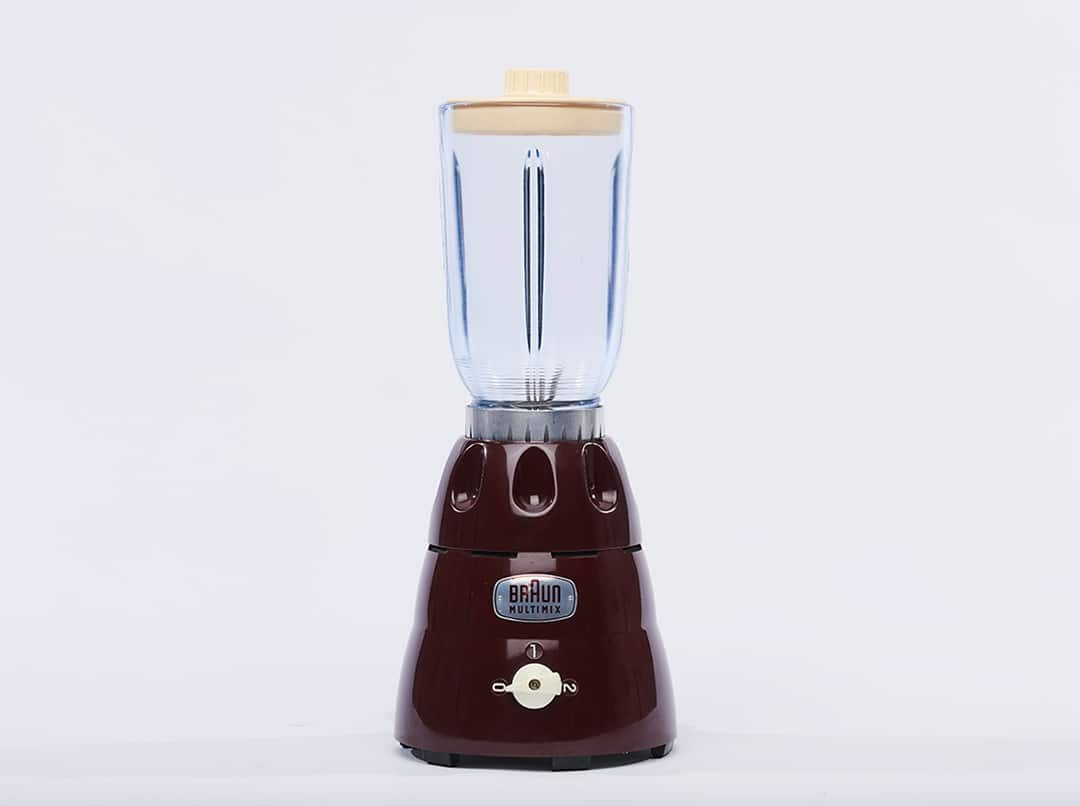
1957 | Gerd Alfred Müller
KM3/31
一台非常有影响力的搅拌机或“多功能食物料理碗”,因为它诞生了一个全新的产品类别:“厨房电器”或电器。凭借其超精简、简单和有用的设计,成为有史以来最具影响力的工业产品之一。
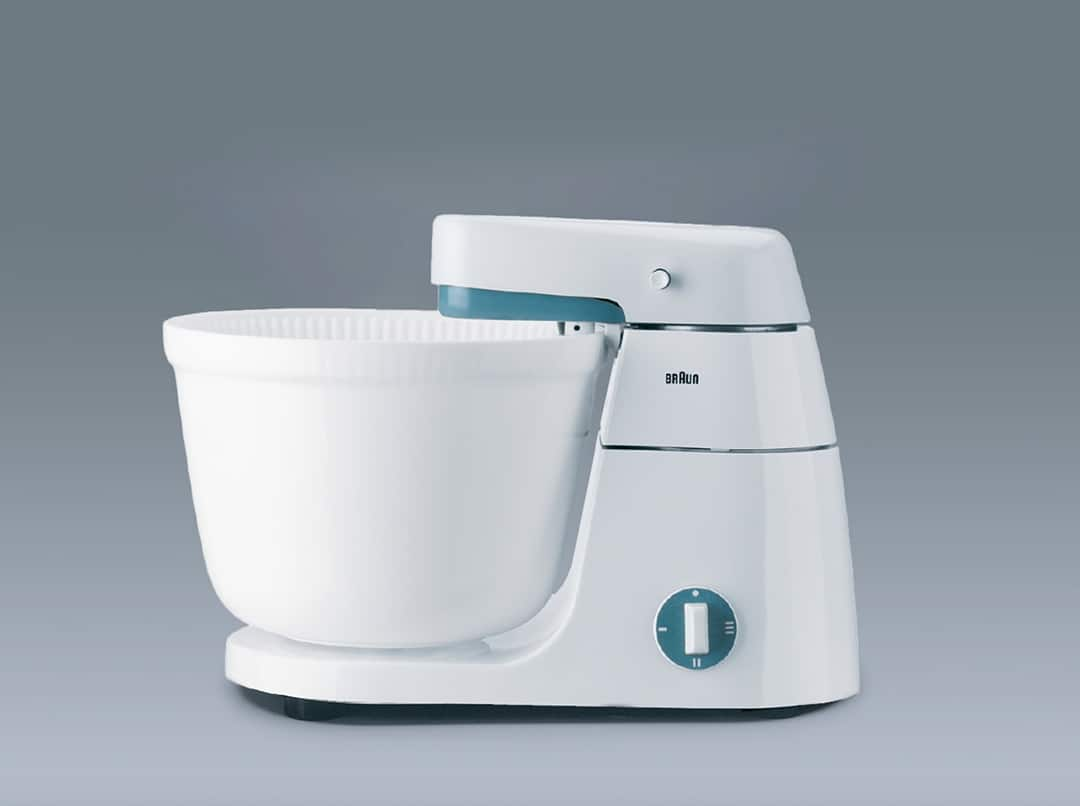
1963 | Reinhold Weiss
KSM 1/11
没有比这更简约的设计了:专门制造的咖啡研磨机只需要一个放在中央的按钮就可以操作。只需点击手指即可获得细细研磨的豆子。
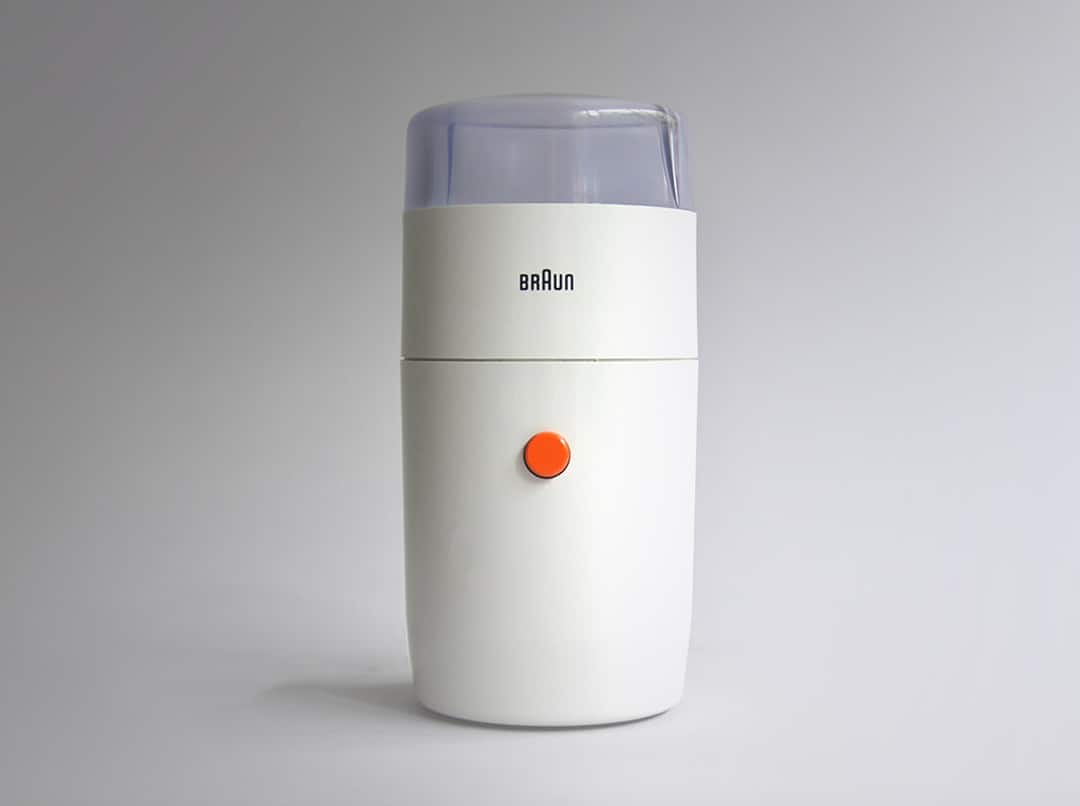
1963 | Reinhold Weiss
HT 2
这款烤面包机时尚精简的设计激发了著名艺术家 Richard Hamilton 的灵感,他的一件作品就源于此烤面包机(恰好名为“烤面包机”)。噢,它还把面包烤得恰到好处。
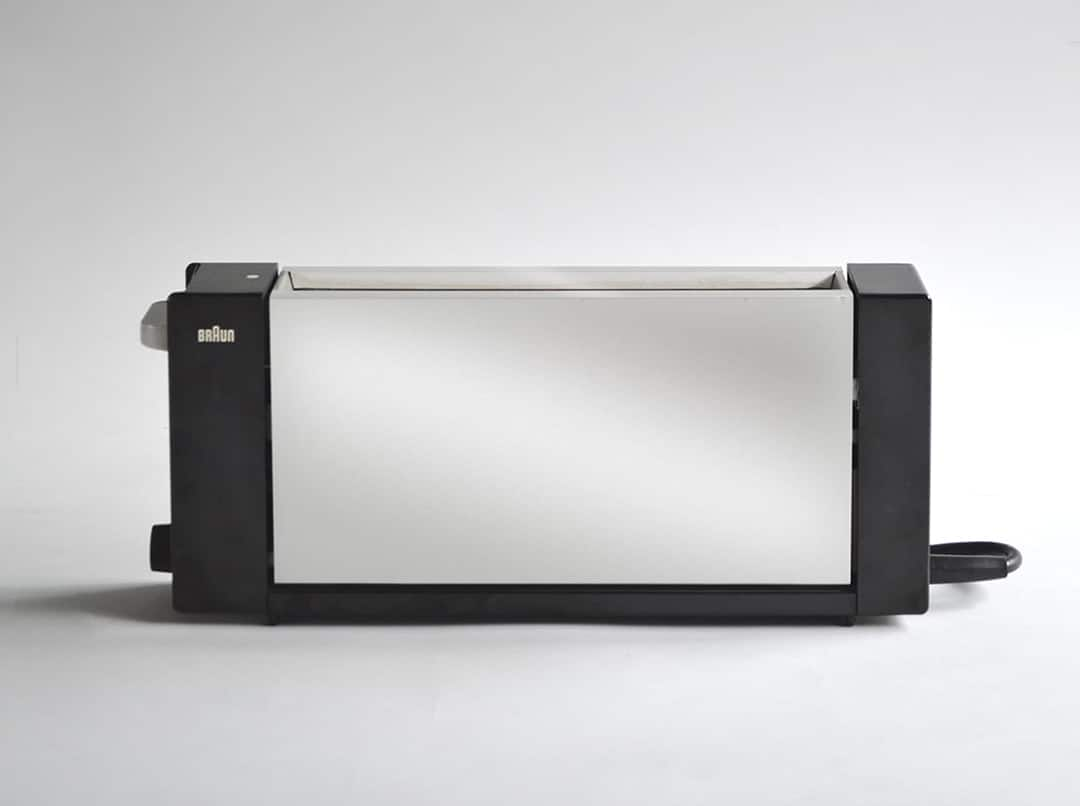
1972 | Florian Seiffert
KF 20
KF 20 采用类似于水塔的堆叠垂直设计,名为 Aromaster。这款电热咖啡壶因其非传统形状而广为人知,为日常晨间过滤咖啡增添了一抹非凡魅力。
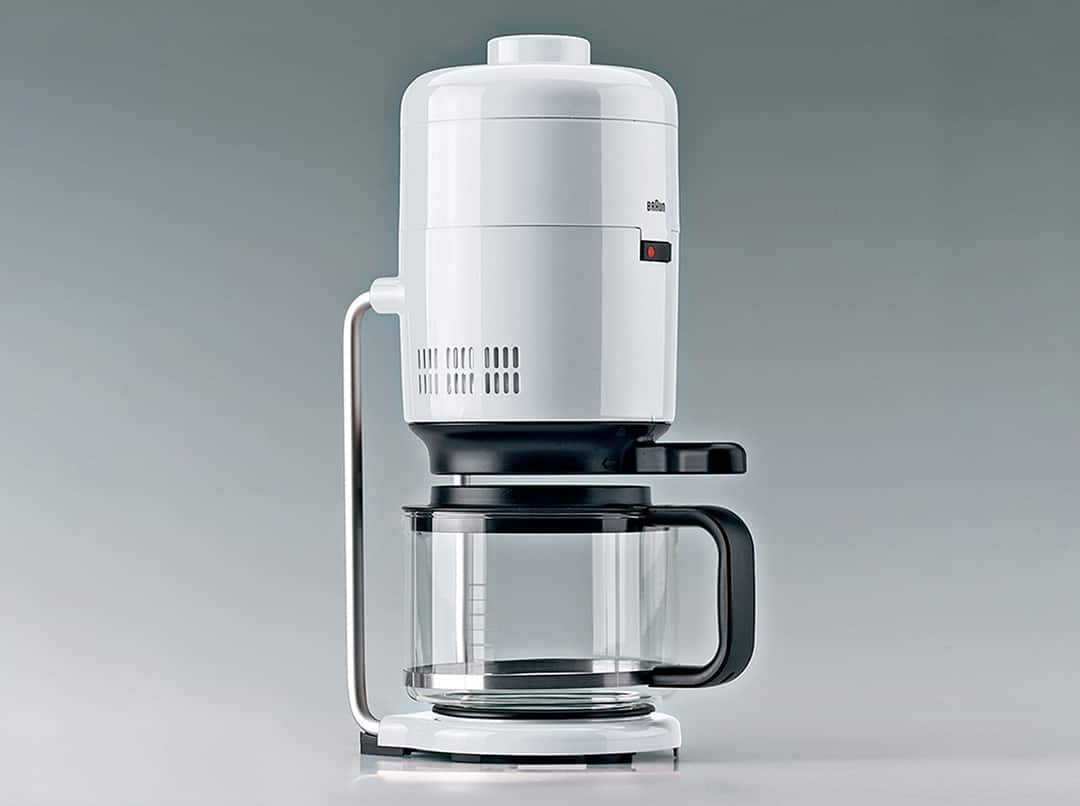
1972 | Jürgen Greubel,Dieter Rams
MPZ 22
这款电动榨汁机也叫做 Citromatic 榨汁机,几十年来一直是世界各地厨房中可靠且方便清洗的主要产品。博朗花了二十多年才决定对原始设计进行更新。
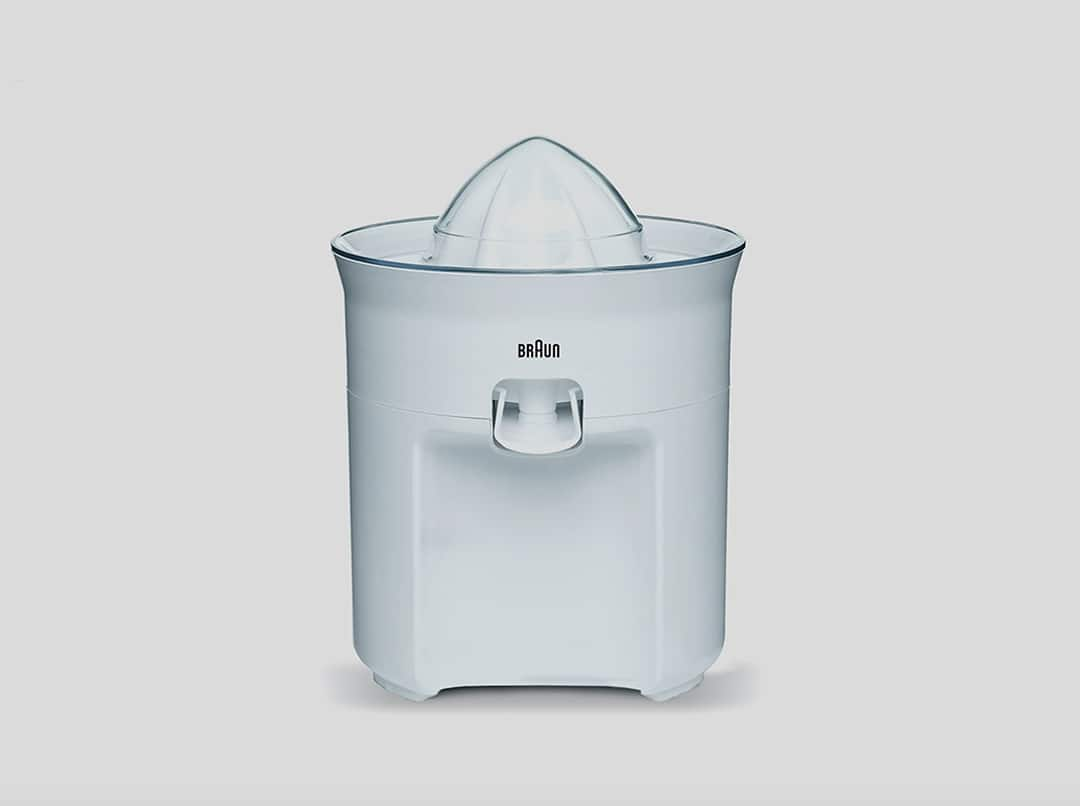
1981 | Ludwig Littmann
MR 6
MR 6 是更复杂的 MR 500 的前身,坚固耐用,这意味着它可以搅拌其他产品无法处理的食物。完善手持式搅拌机的重要踏脚石。
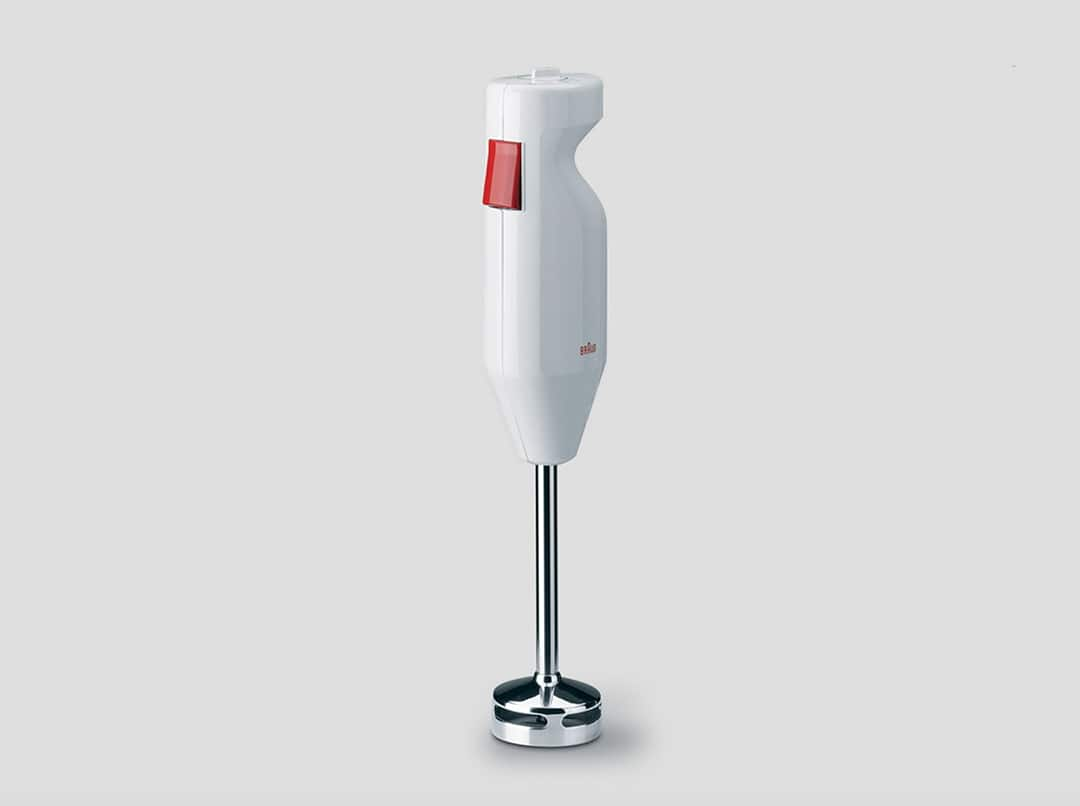
1984 | Hartwig Kahlcke
KF 40
这款咖啡机在博朗内部是有争议的,因为它是由成本效益高的聚丙烯制成的,而不是更坚固的聚碳酸酯——博朗的首选塑料。因此,KF 40 的波纹表面提出了一种设计解决方案,赢得了 Dieter Rams 的支持。

2016 | Markus Orthey,Ludwig Littmann
MultiQuick 9
一台全功能的食品搅拌机,将设备的功能浓缩成一个简单的手持式'棒'。精简设计的定义:紧凑而强大。
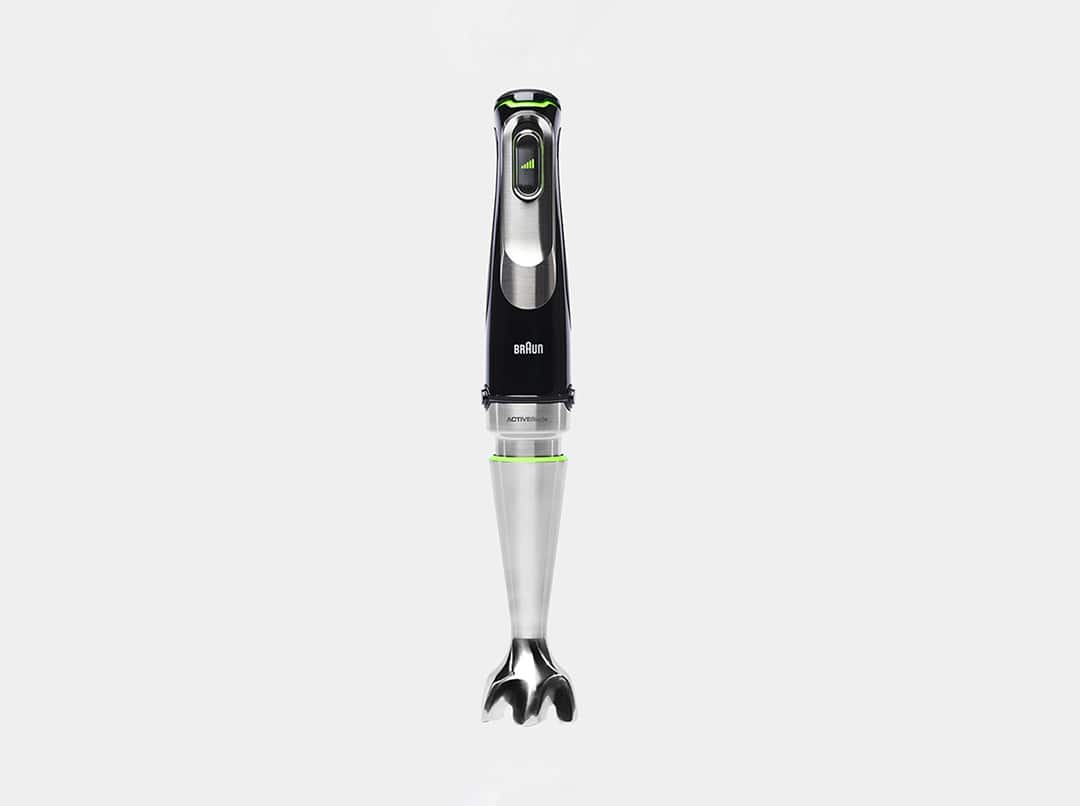
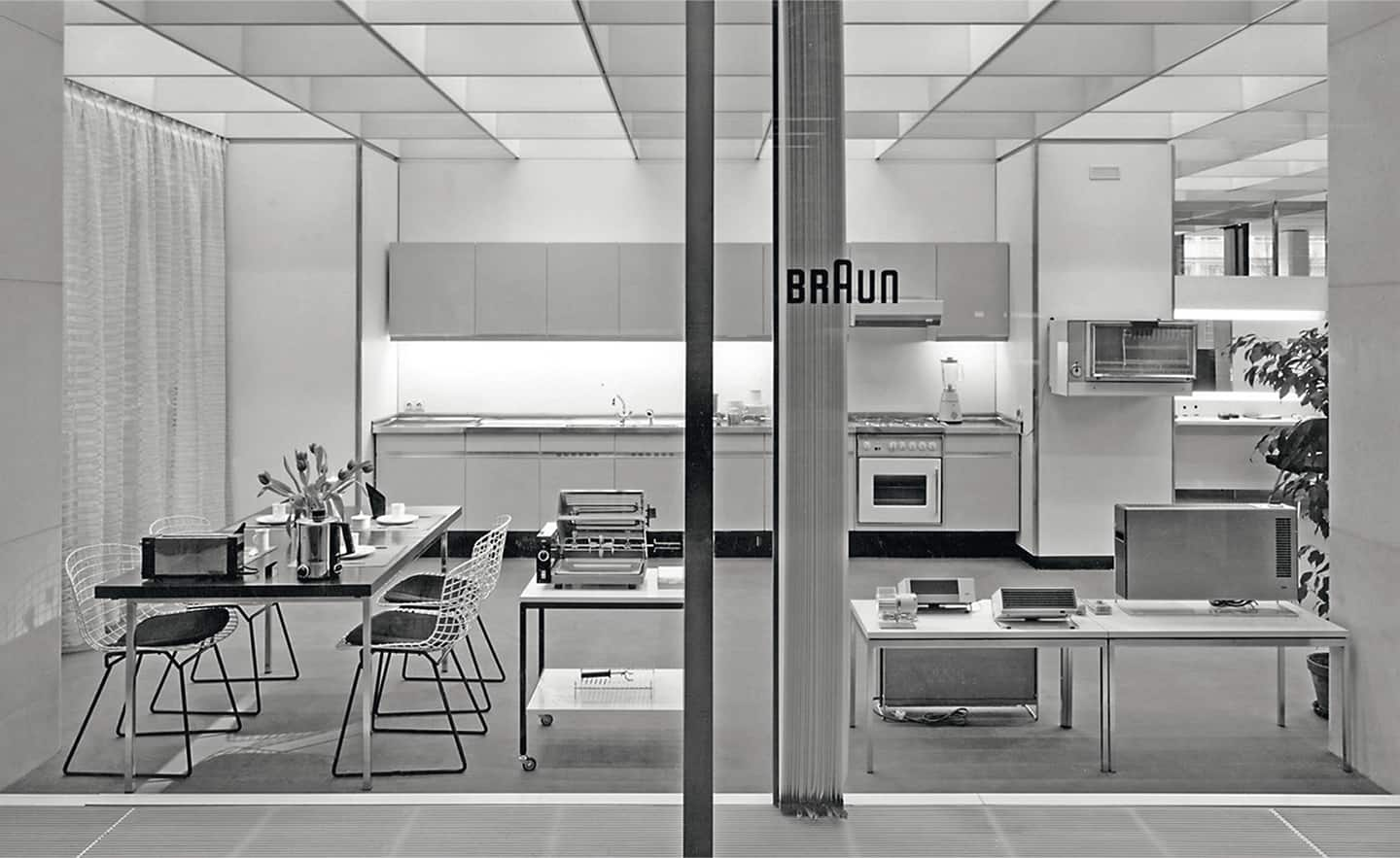
中国
点击此处访问全球网站。



